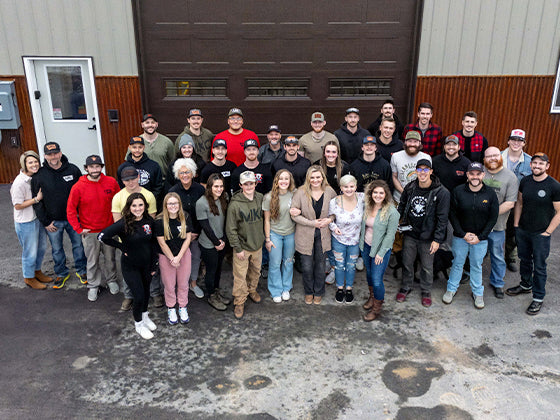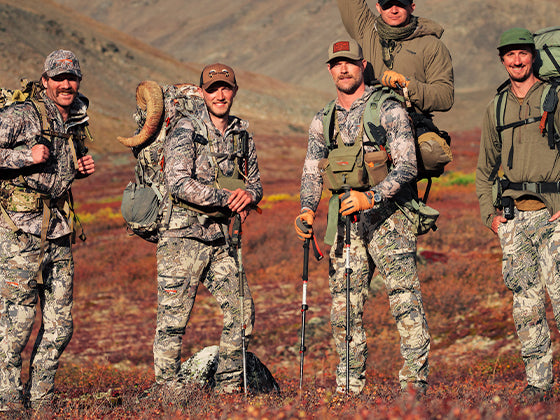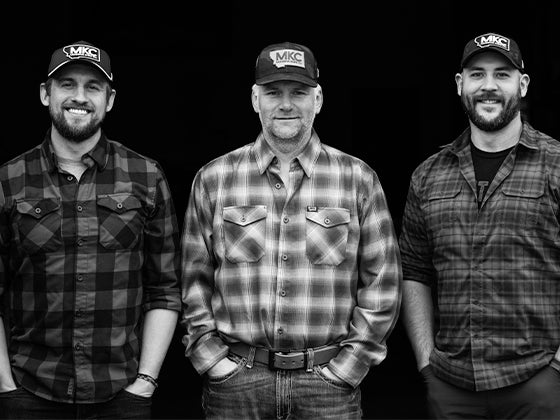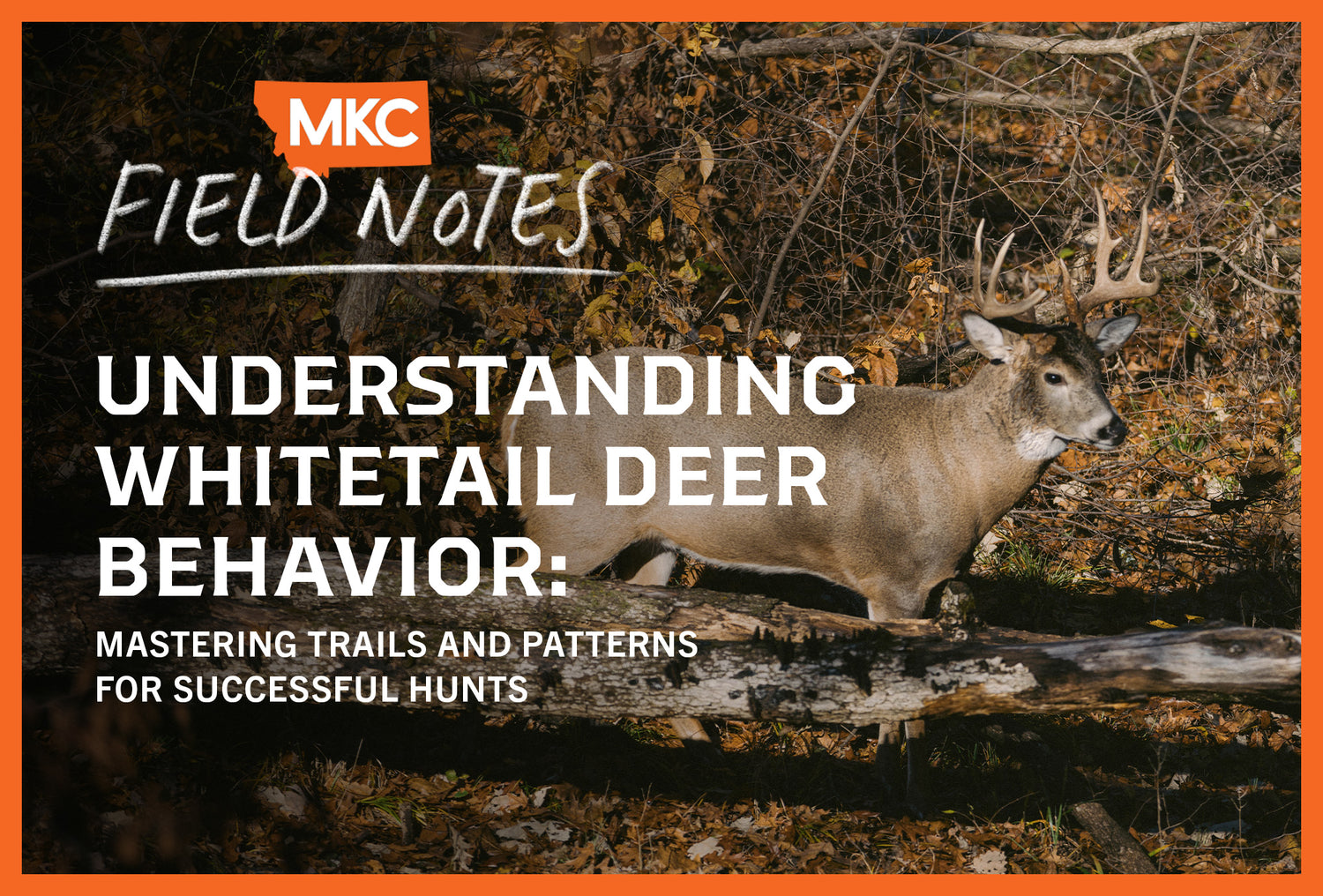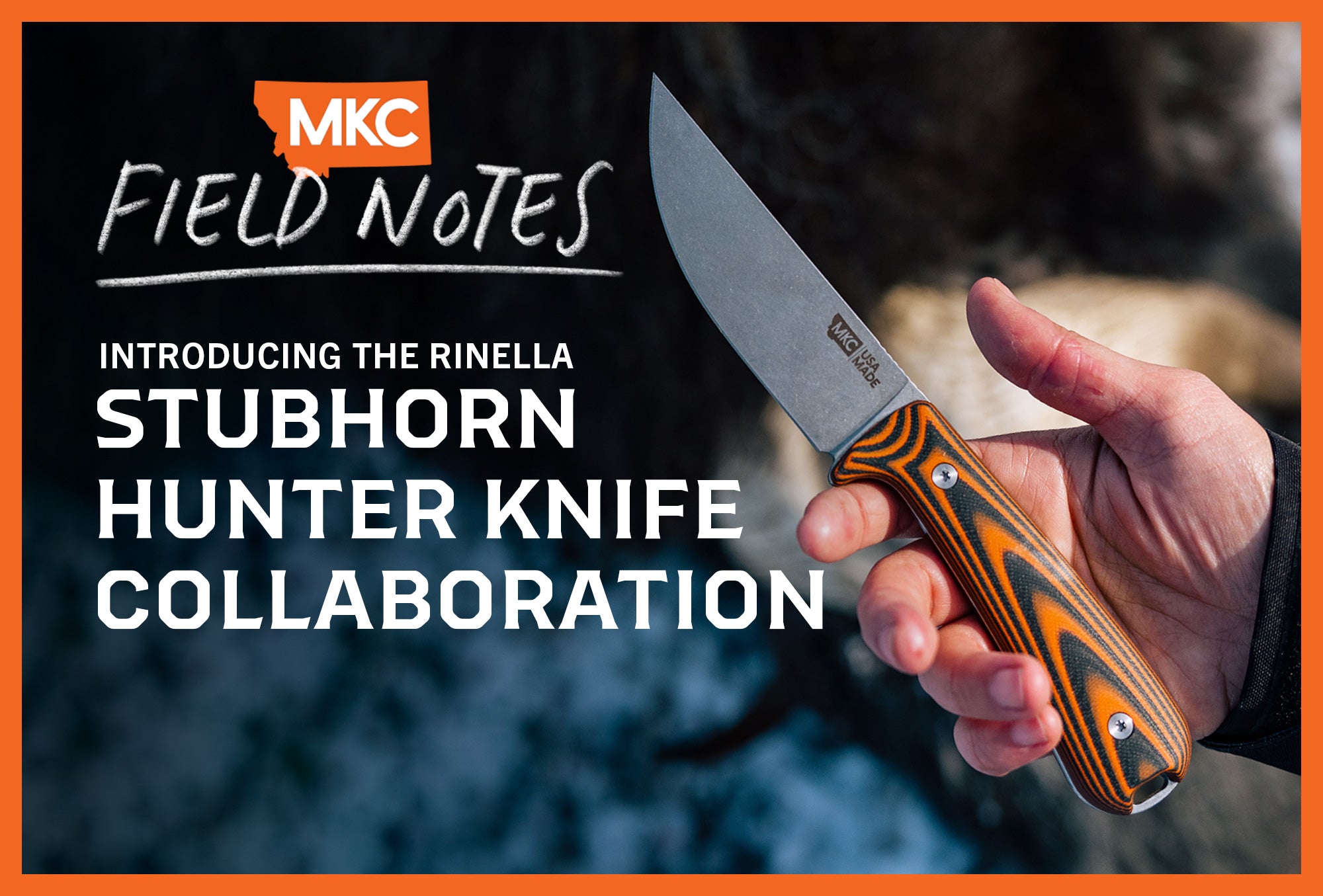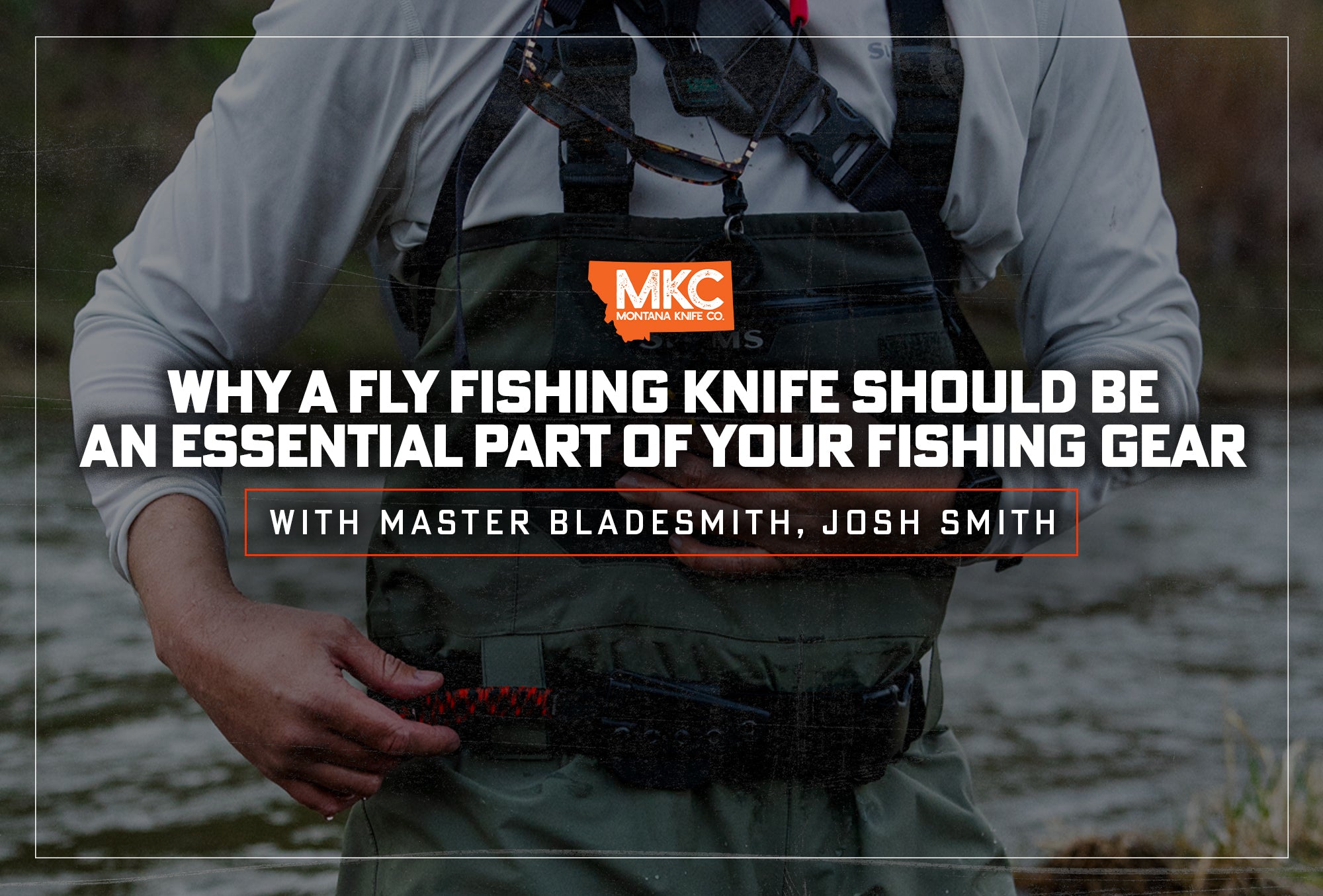Trails mark areas where deer frequently move, signifying high traffic flow across a property. Those paths are essential for us hunters — they reveal the patterns of whitetail deer behavior.
Understanding where deer are likely to travel increases our chances of encountering them. When we know where the deer feed, bed down, and travel, we can set our stands or blinds accordingly, boosting our odds of a successful harvest.

Whitetail Deer Behavior of Mature vs. Young Bucks
Mature bucks often prefer secondary trails that parallel main trails. Secondary trails offer more security and cover, and mature bucks are more cautious. They also use them to avoid high-traffic areas and potential threats.
Young bucks, often less cautious, tend to stick to direct main trails.
Understanding different bucks’ behavioral quirks helps us anticipate the herd’s movements. Is your target buck older, or is this his first rut? Once you know where he travels, you’ll have a much easier time putting yourself in his path.

Identifying Primary and Secondary Trails
The best way to identify primary and secondary trails is by scouting the area. Look for places where multiple trails converge. These crossover points are natural funnels, and your chances of seeing a deer pass through that location are high. As you see deer pass through, you can identify their primary and secondary paths.
Take advantage of these trails and funnels by building your stand or blind nearby. Whitetail deer behavior is pretty predictable. Once you know your target buck’s age, you can guess how and when he’ll travel through the area fairly accurately.
Strategies for Hunting in Dense Cover
Whitetail deer hunting on dense secondary trails is easier said than done. Be cautious as you move through dense undergrowth. Not only can the sounds of your movements spook the deer, but you’ll have a harder time spotting them, too.
I try to use quiet gear that doesn’t make noise, all while moving slowly and deliberately through the brush. I also enter and exit my stand when deer aren’t likely to be nearby.
Using scent control measures can keep you from being detected, too. Be mindful of wind direction as you move around, especially when planning where to place your stand. Place your stand downwind of where you plan to make the shot.
My favorite trick is to scout with trail cameras — specifically the ones that send images remotely. They diminish my need to be in sensitive areas, reducing the risk that the deer will detect me and relocate.
Optimizing Stand and Blind Placement
“Set it and forget it” is not my strategy for stand placement.
I consider whitetail deer behavior throughout the season, including pre-rut, rut, and post-rut. Sometimes, I move my stand throughout the season, too. After all, their movements and habits change throughout the year — why shouldn’t yours?
When placing your stand, consider where the deer spend most of their time. That includes nearby food sources, bedding areas, water sources, and travel paths between those places. Observational stands are great for gathering information without disturbing the area.
Your goal is to get yourself in the deer’s path while preventing them from figuring out where you are. Whitetail deer behavior is predictable, but they’re fairly intolerant of pressure. You’ll be successful if you walk the fine line between observing and being observed.
with John Dudley, Decorated Professional Archer and Founder of Nock On Archery






























